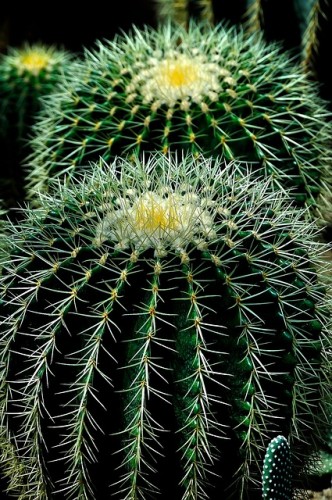All posts tagged hhodia cacti
Hoodia Gordonii For Hunger and Thirst Suppression
Hoodia gordonii, commonly known as bushman's hat, hoodia cacti, or just hoodia, is a spiny, succulent, cactus-like plant native to the desert region of Southern Africa. It occurs naturally in Namibia, Botswana, and South Africa, but has spread to other regions of the world, including North America, due to their beneficial purposes. Continue reading [...]

